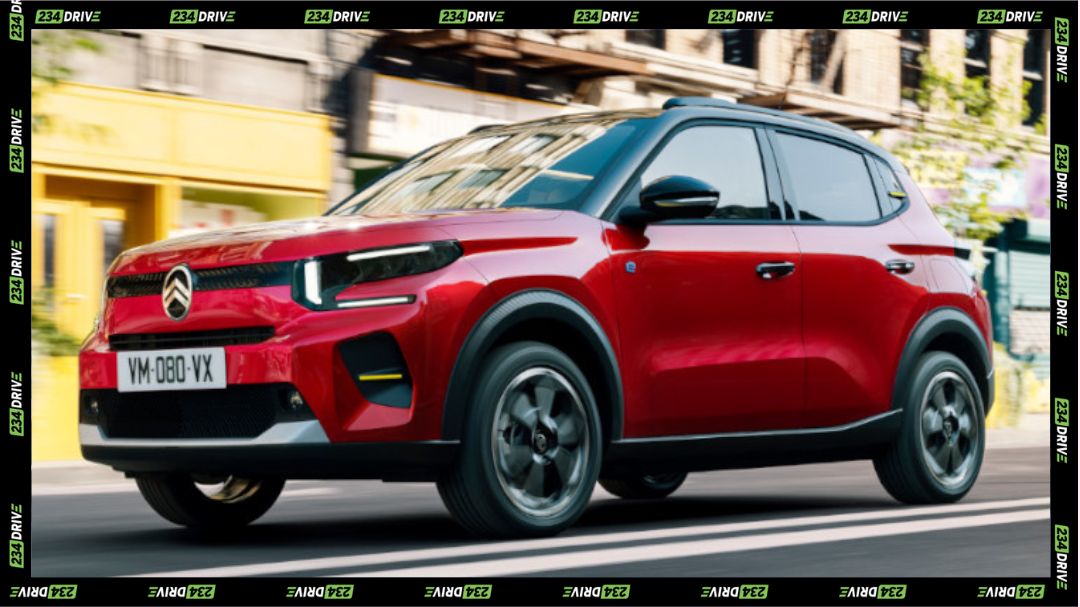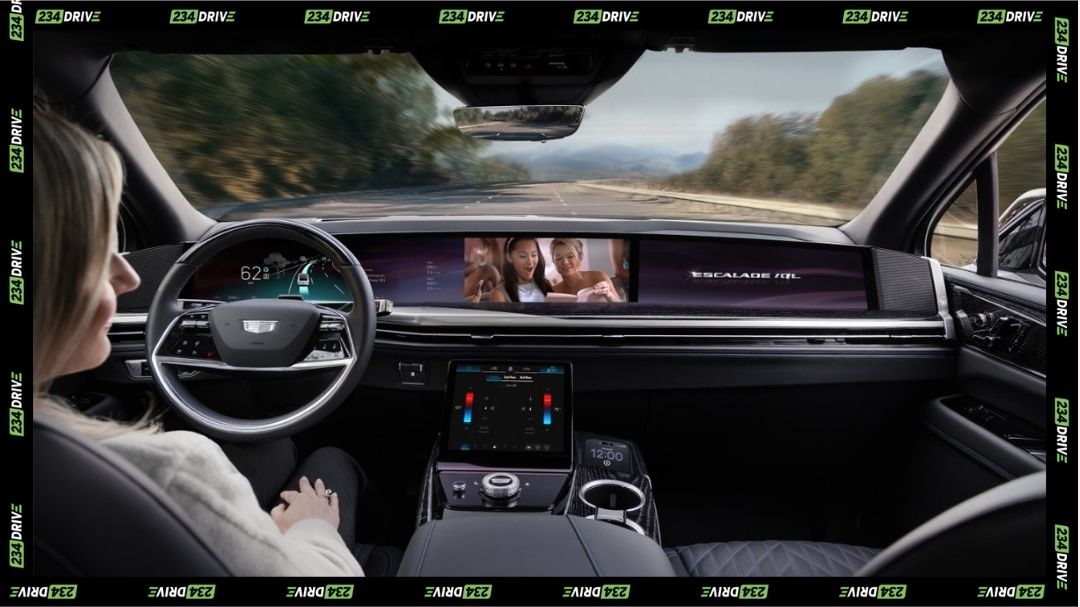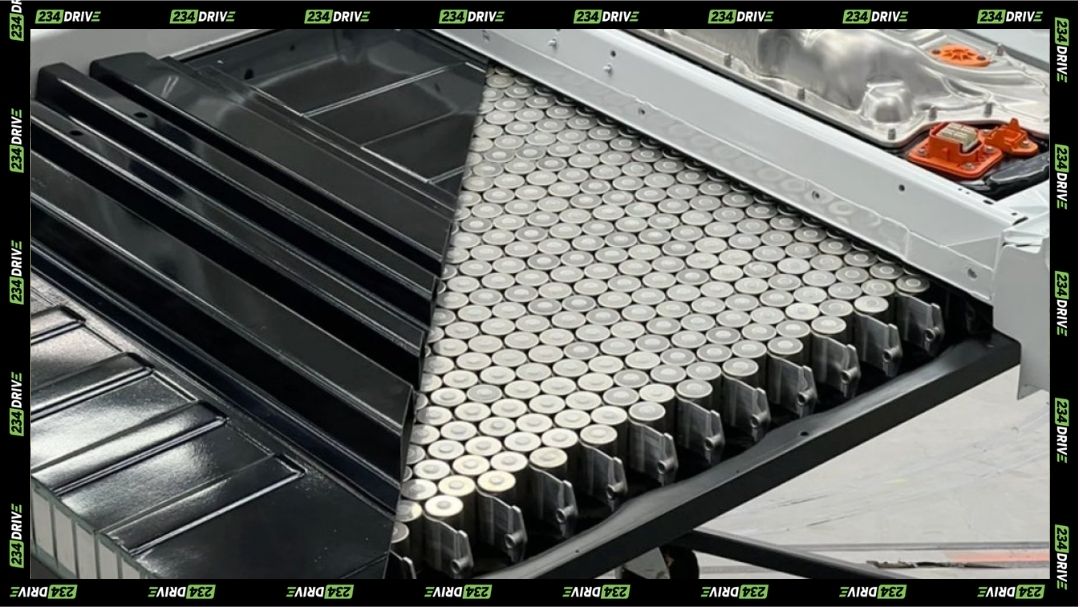Compact SUVs are rewriting the rules of affordability and urban mobility. Beyond offering higher ground clearance and flexible interiors, they have become status symbols for middle-income buyers in crowded cities. This segment is growing at an estimated 1–3% annually through 2029, with surging demand in emerging economies like India, South Africa, and Australia. Analysts point out that the appeal comes from a mix of competitive price points, relatively low running costs, and strong resale value, which make compact SUVs more attractive than hatchbacks or sedans in many markets.
Through Maruti Suzuki in India, the Brezza, Fronx, and Grand Vitara anchor sales. In FY 2024–25, Maruti’s utility vehicle sales rose 12% year-on-year to 720,186 units, helping the company achieve record domestic volumes of 1.79 million. The Fronx alone crossed 300,000 units in just two years. Exports added momentum, with 37,842 vehicles shipped in June 2025, a record high. In South Africa, Suzuki now ranks second overall thanks to budget-friendly models that balance practicality with aspirational appeal.
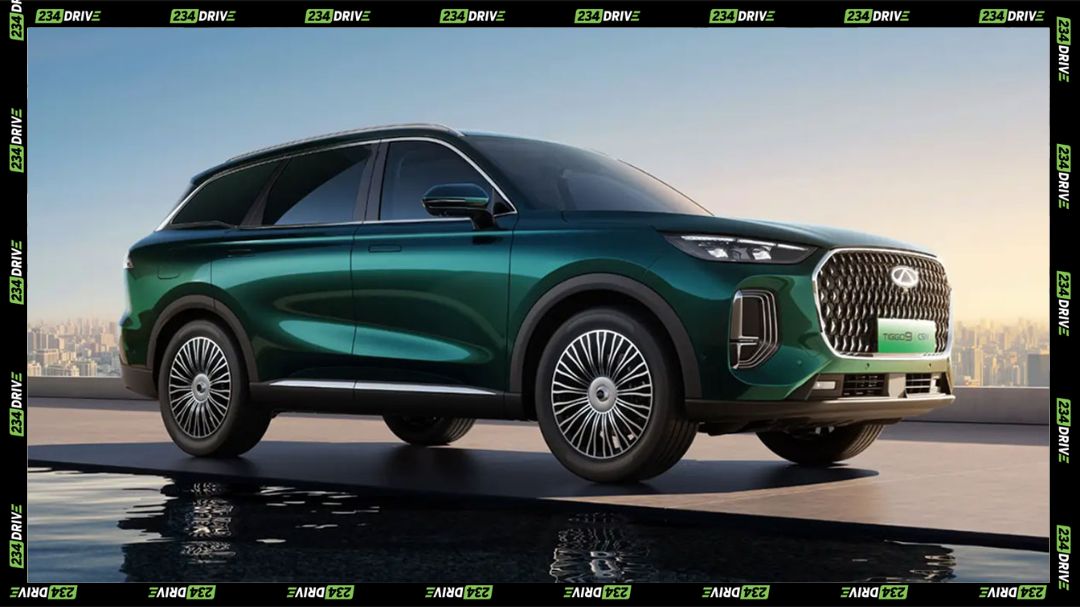
Chery’s strategy is scale and price. Global sales jumped 38.4% in 2024 to 2.6 million units, with forecasts above 3 million in 2025. Its Tiggo 4 Pro, priced from $23,990 drive-away in Australia, undercuts rivals like Suzuki Fronx and Hyundai Venue. In Israel, Chery sold 19,384 units in H1 2025, ranking second overall. In South Africa, Chery rose to seventh among top brands, boosted by sub-brands like Omoda and Jaecoo.
Compact SUVs, usually under 4.5 metres and priced below $30,000, fit perfectly into today’s cost-conscious market. With average vehicle prices rising $10,000 in five years, buyers are downsizing to smaller SUVs. In India, compact SUVs like Brezza and Fronx are cutting into hatchback volumes. In Europe, hybrids and Chinese entrants lifted overall car market sales by 0.9% in 2025.
In India’s August 2025 sales, Tata Nexon led with 14,004 units sold, ahead of Maruti Brezza at 13,620 and Fronx at 12,422. Hyundai Venue followed with 8,109, while Kia Sonet recorded 7,741. These results show Suzuki remains competitive but under pressure from Tata’s leadership. Chery’s growing presence with cheaper SUVs adds further pricing pressure in the segment, reshaping buyer expectations.
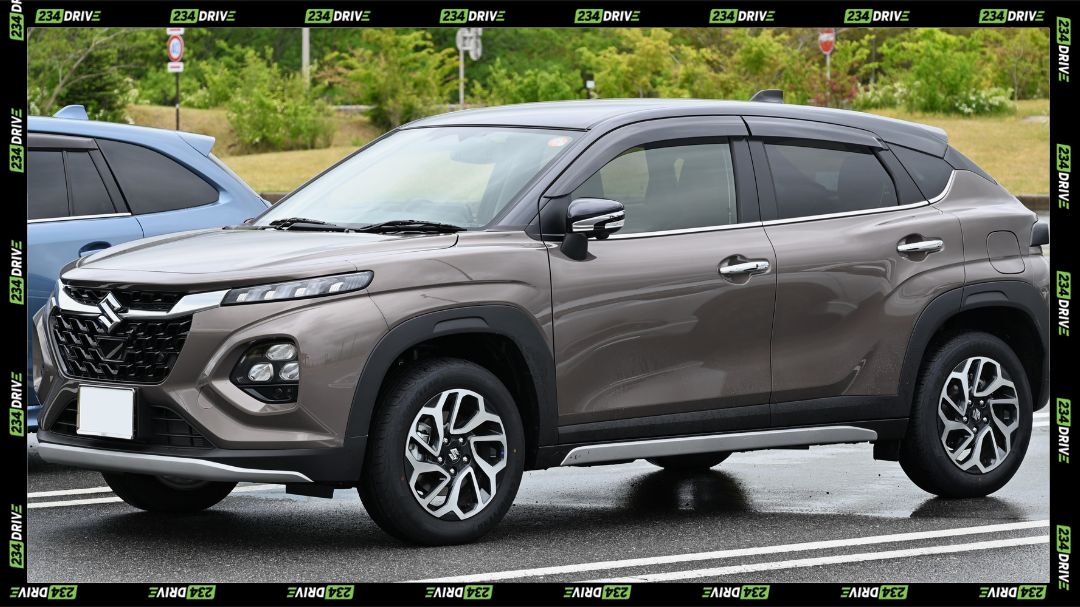
Both Suzuki and Chery are hedging bets with hybrid and EV launches. Suzuki plans the eVitara EV and hybrid Fronx, while Chery is rolling out the iCar V23 at $13,700 in China. These moves prepare them for stricter emissions rules and a shift to electrification. Still, risks remain—chip shortages, economic slowdowns, and aggressive competition could soften the growth curve.
Compact SUVs are now the volume engine of the car market. Suzuki plays the steady, regionally dominant hand. Chery plays the aggressive global disruptor. The question isn’t whether this segment grows—it’s which brand sustains an edge as electrification reshapes buyer priorities.



